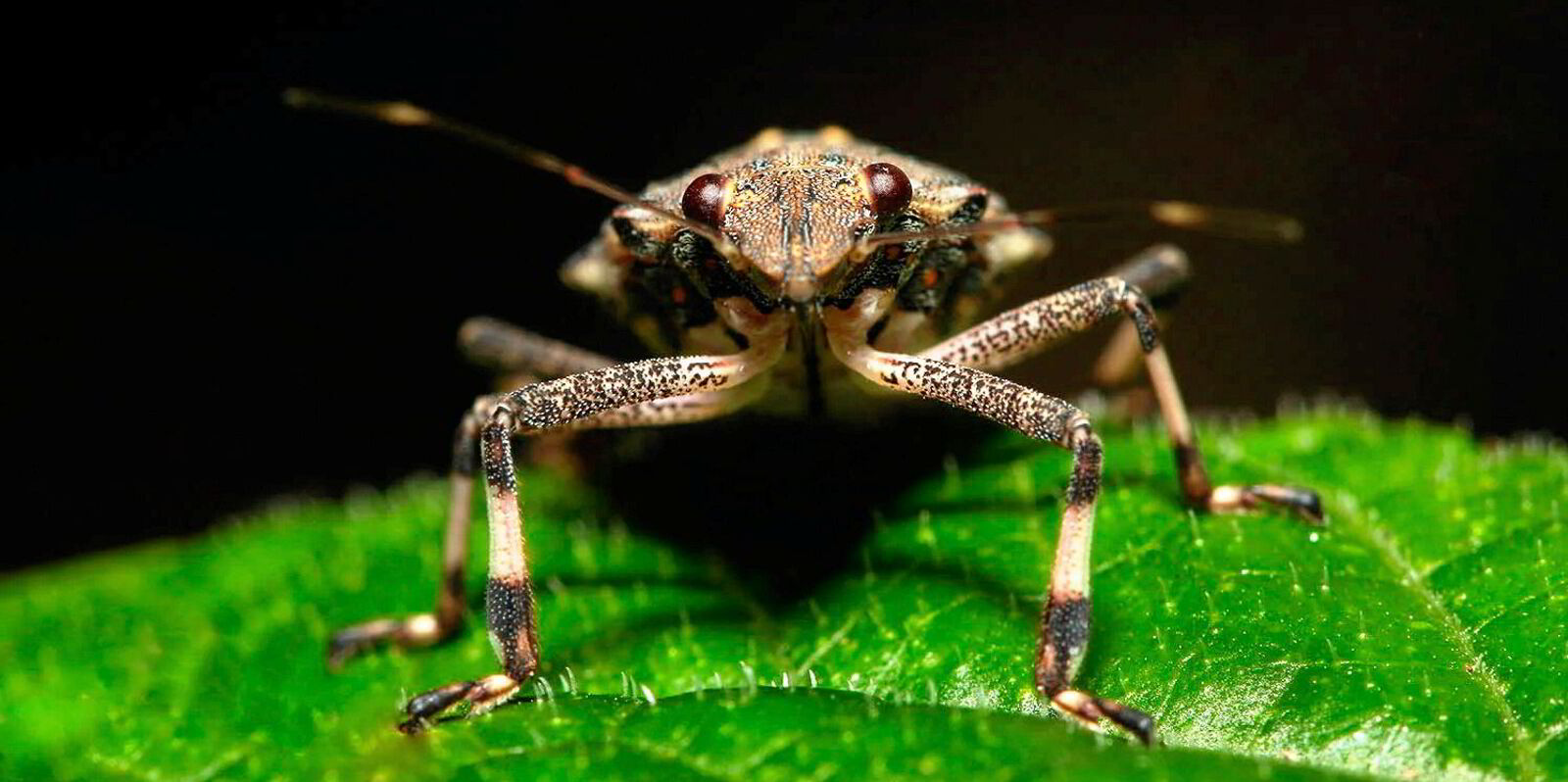The US has intercepted a cargo ship that travelled from Vietnam with an invasive moth species as an unwanted passenger.
Two agriculture specialists with US Customs and Border Protection (CBP) boarded the unnamed vessel at Brownsville in Texas.
An inspection was carried out after the ship was seen as a possible pest risk.
The team discovered and collected what they suspected was a flighted spongy moth egg mass.
Checks carried out by the Department of Agriculture identified the mass as tussock moth larvae, described as an “actionable pest”.
These insects can cause significant economic and environmental damage by forest defoliation.
Brownsville port director Tater Ortiz said: “CBP agriculture specialists play a key role in preventing invasive pests from negatively affecting the agriculture of our country.”
The West of England protection and indemnity club has warned that due to the flighted spongy moth’s destructive nature, particularly in countries where it is not indigenous, the US is one of six nations to introduce measures to prevent its spread.
The others are Argentina, Australia, Canada, Chile and New Zealand.
West of England loss prevention officer Emma Forbes-Gearey described the insect as a “highly destructive forest pest that feeds on deciduous and coniferous trees”.
Voracious appetite
Its voracious appetite, and the female moth being able to travel up to 37 km, can cause widespread defoliation, leaving trees weakened and susceptible to disease and other pests, Forbes-Gearey explained.
The flight spongy moth is found mainly in Asia and Russia.
Vessels calling in South Korea, northern Chinese ports, the Russian Far East and Japan are at particular risk from these stowaways.




